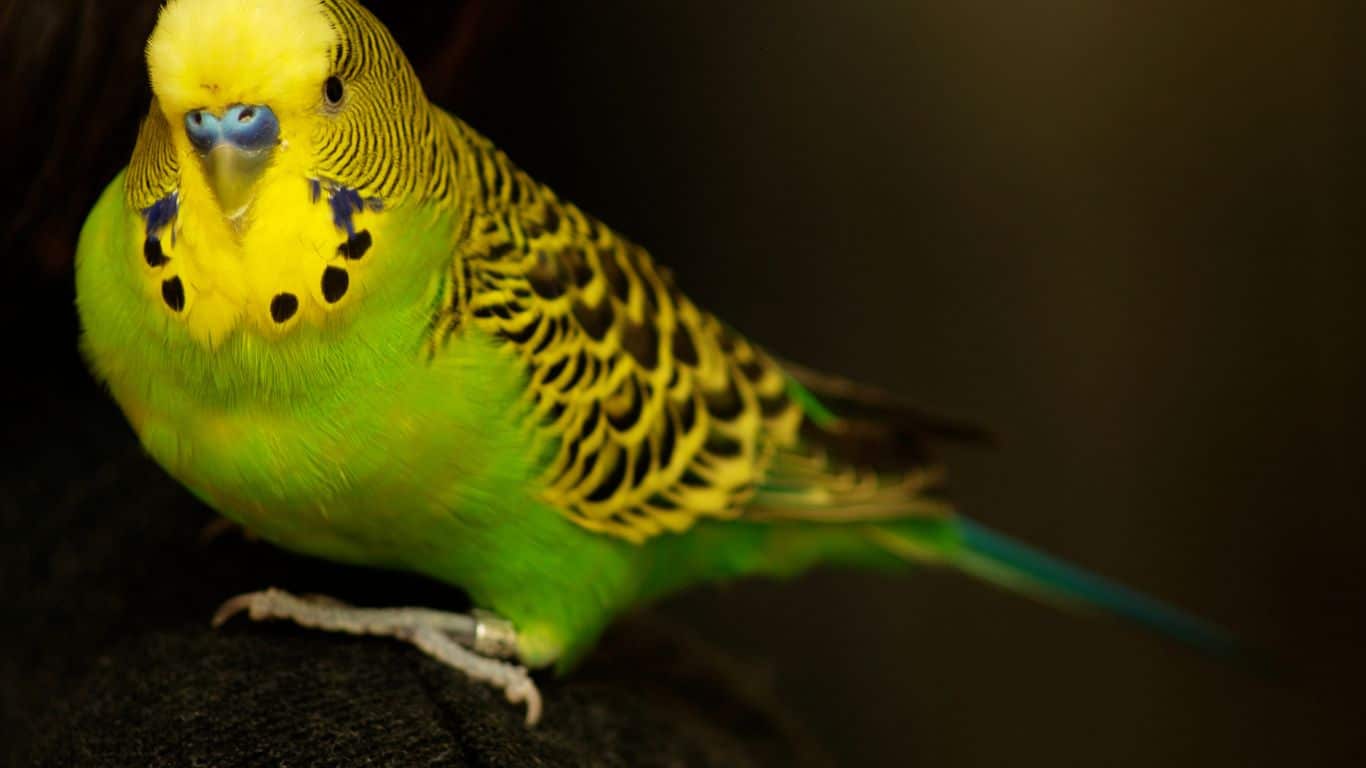When you spot your lively parakeet standing on one leg, it’s easy to be captivated by this seemingly peculiar behavior. Parakeets, also known as budgerigars or budgies, are charming and vibrant birds that have become popular pets worldwide. You’re not alone if you’ve ever wondered why your feathered friend engages in this unique stance.
In this article, we’ll delve into the fascinating reasons behind this behavior, offering insights into the biological, behavioral, and evolutionary aspects that contribute to your parakeet’s adorable pose.
The Balancing Act: Understanding One-Legged Perching
Natural Instincts at Play
Parakeets in the wild are known to stand on one leg, and this behavior has a practical purpose. Lifting one leg reduces the heat loss from their body, as their legs are equipped with blood vessels that help regulate their temperature.
Resting and Relaxation
In the same way that people transfer their weight from one leg to another, parakeets employ the one-legged posture in order to rest their legs and relieve the tiredness that builds up in those muscles. It’s their way of taking a load off while remaining perched and vigilant.
Sleep Mode
Parakeets, like many birds, sleep in a unique way. They experience short periods of sleep, often while standing, and tucking one leg up can help them maintain their balance during these brief naps.
Unveiling the Psychology: Why the Behavior Matters
Physical Comfort
Parakeets might stand on one leg to find a comfortable position that minimizes muscle strain. This behavior allows them to shift their body weight and avoid extended periods of pressure on a single leg.
Social Interaction
In the wild, parakeets engage in communal roosting. The one-legged stance can serve as a way to bond with other parakeets, displaying a sense of camaraderie and belonging.
Reduced Predation Risk
Keeping one leg tucked up could help parakeets reduce their profile, making it less noticeable to potential predators. This behavior aids in their survival by providing an added layer of camouflage.
Evolutionary Oddity: Tracing Back the Origins
Ancient Traits
The one-legged perching behavior has its roots in the evolutionary history of birds. It’s a trait that has been passed down through generations and remains part of parakeets’ genetic makeup.
Energy Conservation
In environments where food might be scarce, conserving energy is crucial. The one-legged stance helps parakeets conserve energy by reducing the amount of heat lost through their legs.
My Parakeet’s Quirk: What Should I Do?
Natural Behavior
It’s important to remember that one-legged perching is a natural and instinctive behavior for parakeets. As long as your bird appears healthy and shows no distress, there’s no need to worry.
Provide Optimal Conditions
Ensure your parakeet’s cage is spacious and filled with stimulating toys. This will encourage movement and prevent the development of any physical discomfort.
Balanced Diet
A nutritious diet is essential for your parakeet’s overall well-being. Consult your veterinarian for recommendations on providing a well-rounded and suitable diet.
Conclusion
In the enchanting world of parakeet behavior, the one-legged stance emerges as a fascinating blend of biology, psychology, and evolution. As you observe your delightful pet perched on a single leg, you can now appreciate the intricate reasons behind this endearing quirk. Embracing this behavior as a natural aspect of your parakeet’s existence enriches your bond and deepens your understanding of these charming avian companions.
FAQs:
Is it normal for my parakeet to always stand on one leg?
It’s quite normal for parakeets to stand on one leg intermittently, especially during periods of rest or relaxation.
Should I be concerned if my parakeet stands on one leg for extended periods?
If your parakeet appears healthy, active and continues to engage in normal behaviors, concern’s usually unnecessary.
Can I train my parakeet to stop standing on one leg?
Attempting to modify this natural behavior is not recommended, as it’s fundamental to parakeet physiology and instinct.
Why does my parakeet sometimes stand on both legs and other times on one leg?
Parakeets may alternate between one-legged and two-legged perching to shift weight and find a comfortable resting position.
Are there any signs that indicate my parakeet’s one-legged perching is a problem?
If your parakeet consistently appears off-balance, exhibits difficulty perching, or shows signs of injury, consult a veterinarian for a thorough evaluation.
